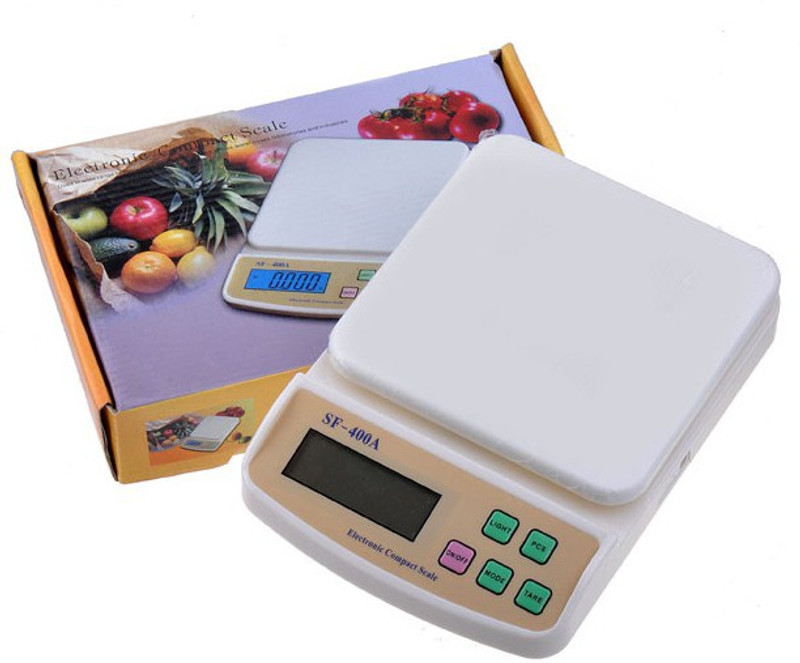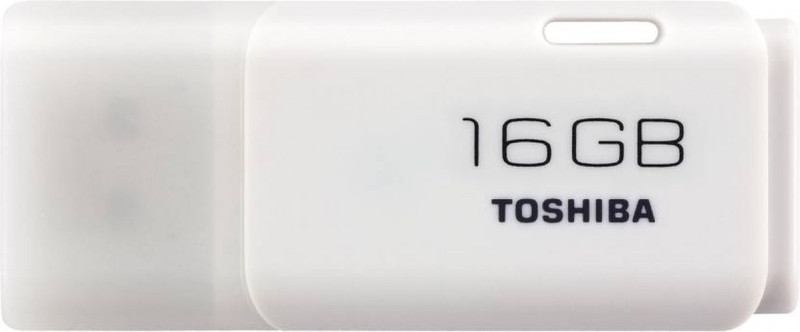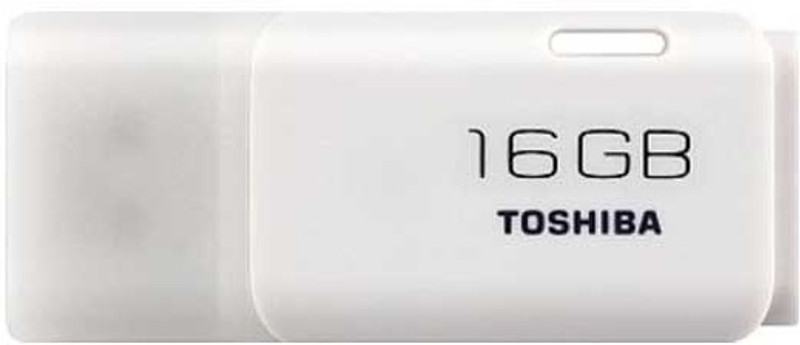How To Stay Safe While Using Pressure Cooker: Tips Every Home Cook Should Know

Pressure cookers have earned a well-deserved place in many kitchens, promising to cut cooking time significantly while still delivering tender, flavour-packed meals. But with great power comes great responsibility! If not handled properly, pressure cookers can present a serious risk to safety. Whether you're an experienced cook or new to the world of pressure cooking, knowing the safety rules is essential. In this article, we'll walk you through the key safety tips that ensure you get the most out of your pressure cooker without the stress. Let's dive in, shall we?
1. Always Check The Sealing Ring
The sealing ring might seem like a small, inconspicuous part of the pressure cooker, but it's essential for keeping the lid tightly sealed under pressure. Before every use, it's important to check the sealing ring for any cracks, wear, or damage. A damaged ring can lead to steam leaks, which can cause unsafe pressure levels and even damage your cooker.
For the best results, regularly clean and replace the sealing ring, especially if you notice any signs of wear and tear. Many pressure cookers come with extra rings for this very reason, so always have a spare on hand. This simple yet crucial step ensures your pressure cooker works as it should, giving you peace of mind as you cook.
2. Don't Overfill Your Cooker
It's tempting to throw everything into the pressure cooker for a quick meal, but overfilling it is one of the most common safety mistakes. If the cooker is too full, it can prevent the pressure from building up properly or even lead to spillage. In most cases, it's recommended to fill the cooker no more than two-thirds of the way for regular ingredients and half-full when cooking foods that expand, like rice or beans.
Think of it as giving your pressure cooker some breathing room. It needs space to work its magic safely! By being mindful of portion sizes, you'll prevent any potential mess and ensure your food is cooked to perfection every time.
3. Understand Your Cooker's Release Valve
The release valve is your safety net, controlling the steam that escapes during cooking. It's essential to understand how your cooker's release valve works before you start. Different cookers have varying mechanisms for releasing steam, from automatic vents to manual dials.
Never attempt to open the pressure cooker while it's under pressure. Always ensure that the pressure has been released completely before opening. A common mistake is trying to rush the process. Be patient! Most cookers have a pressure indicator that lets you know when it's safe to open the lid. Remember, a little waiting time could save you from a potential disaster.
4. Use The Right Amount Of Liquid
The pressure cooker relies on steam to build up pressure, and this steam needs liquid to form. Without enough liquid, your cooker might not reach the right pressure, or it could overheat. Generally, recipes will call for at least a cup of liquid, but this can vary depending on what you're cooking.
Avoid the temptation to skip the liquid for faster cooking – this is one instance where more isn't necessarily better! Too much liquid can cause splattering, and too little can leave your cooker in an unsafe state. Getting the liquid balance right is the secret to ensuring both safety and flavour.
5. Always Keep The Lid Closed During Cooking
It might seem obvious, but you'd be surprised how often people forget to keep the lid securely closed during cooking. Pressure cookers work by sealing in steam, which builds pressure inside the pot, cooking food quickly. If the lid is open or not locked in place, the pressure can't build up properly, and it could lead to undercooked food or – worse – an unsafe situation.
Make it a habit to double-check that the lid is tightly secured and locked into place before starting the cooking process. Trust the pressure cooker's locking system, but always give it a quick confirmation for added peace of mind.
6. Monitor Cooking Times Carefully
It's easy to get distracted while cooking, but monitoring the cooking time is key to both safety and flavour. Because pressure cookers cook food so quickly, it's essential to stick to the recommended cooking times. Overcooking can result in dry, mushy food while undercooking can leave you with raw, unsafe meals.
If you're trying out a new recipe or using your pressure cooker for a dish you've never made before, keep a timer handy and resist the urge to check on your food too often. Pressure cookers build up pressure quickly, so even a few extra minutes could lead to an unpleasant outcome. Patience is a virtue, and your meal will thank you for it!
7. Regularly Inspect Your Pressure Cooker For Damage
Just like any kitchen appliance, pressure cookers need regular maintenance. A cooker that's been used frequently can experience wear, which could compromise safety. Every few months, give your pressure cooker a thorough inspection. Check for cracks, warps, or any irregularities that could affect performance. The valve, lid, and base should all be in top condition.
Even if you're diligent about safety, accidents can happen. If you notice any issues, don't continue to use your pressure cooker until it's been fixed or replaced. Your safety is far more important than getting dinner on the table quickly!
8. Know When To Seek Professional Help
Sometimes, things might go wrong, and when they do, it's important to know when to ask for help. If you've encountered a problem with your pressure cooker that you can't fix, don't hesitate to contact the manufacturer or a professional repair service. Whether it's an issue with the valve, lid, or any other component, it's best to address the problem right away to avoid any risk.
Even the most seasoned cooks can occasionally run into issues. If your pressure cooker isn't functioning properly, don't try to fix it yourself unless you're sure you know what you're doing. Professionals are trained to handle these situations safely, ensuring that you can continue cooking with confidence.
Product Related To This Article
1. Hawkins Contura Black (CB30) 3 L Inner Lid Pressure Cooker
2. BAJAJ 2 L, 3 L, 5 L Inner Lid Pressure Cooker
3. Leo Natura Eco Select+ Outer Lid 3 L Outer Lid Induction Bottom Pressure Cooker
4. Pigeon Special 3 L Inner Lid Pressure Cooker
5. BAJAJ New Shakti 3HD HA Handi With IB 3 L Inner Lid Induction Bottom Pressure Cooker
6. KENT Hard Anodised Cooker With SS Inner Lid 3L Induction Compatible (Black) (Hard Anodized)
Pressure cookers are truly a chef's secret weapon - delivering flavourful meals in a fraction of the time. However, safety should always come first when using these powerful tools. By following these essential tips, you can ensure your pressure cooking experience remains smooth, efficient, and most importantly, safe. From checking the sealing ring to maintaining your cooker's valves, every step is crucial in keeping your kitchen accident-free. And always remember: safety doesn't have to be a chore! With just a little extra care and attention, your pressure cooker will continue to be a trusty, time-saving companion in your culinary adventures.
Disclaimer: The images used in this article are for illustration purposes only. They may not be an exact representation of the products, categories, and brands listed in this article.





























